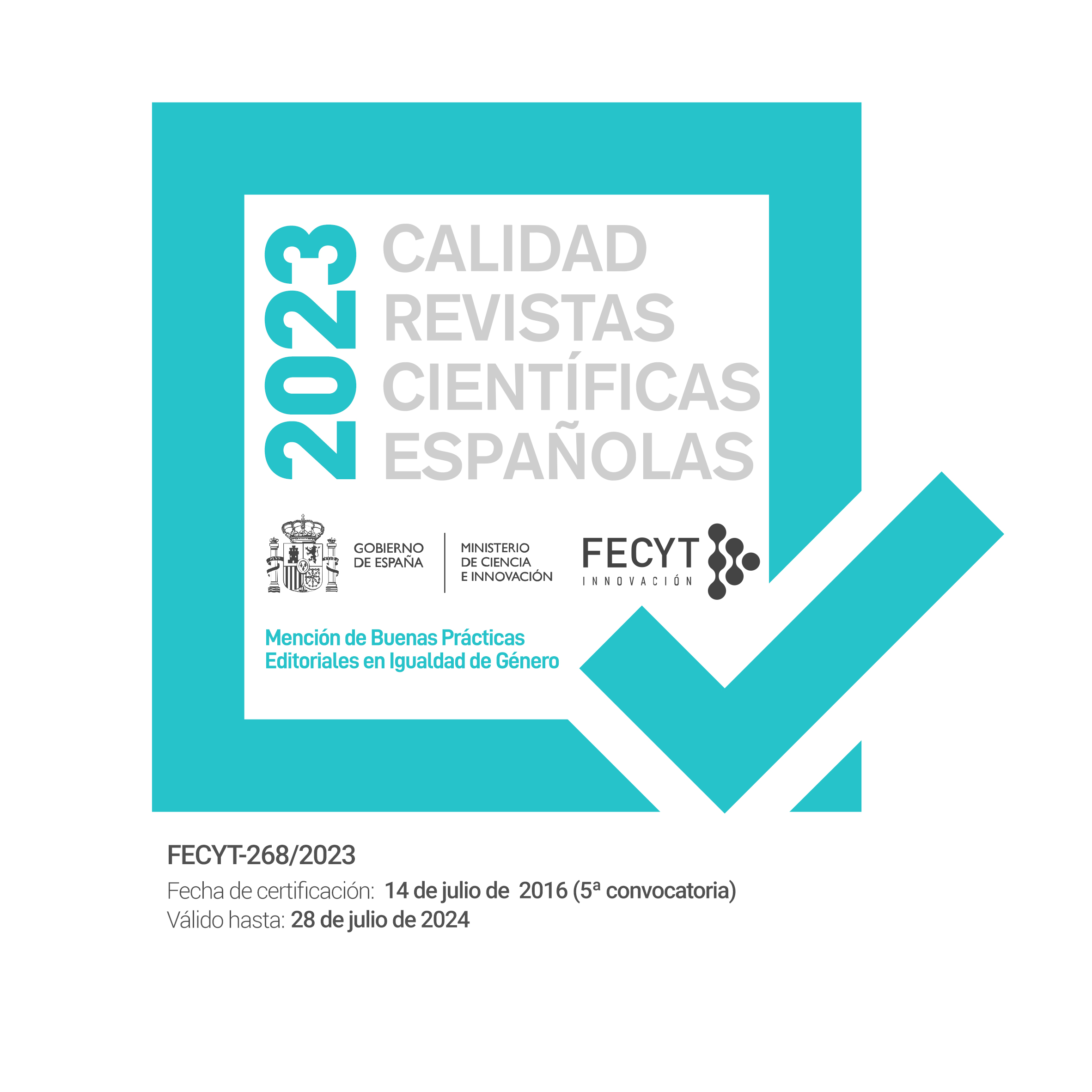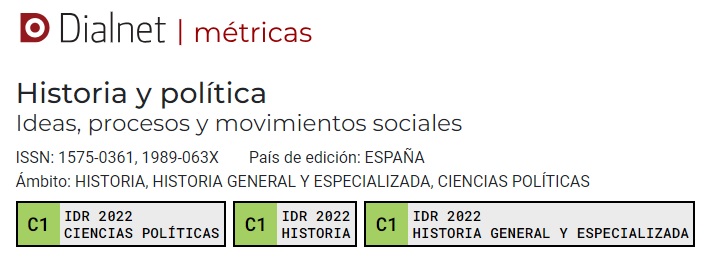A Secular Utopia. Modernization Theory and the US Foreign Policy during the Cold War
DOI:
https://doi.org/10.18042/hp.34.02Keywords:
Modernization, United States, foreign policy. developing countries, Cold WarAbstract
This article analyses the influence of the theory of modernization on the formulation and justification of the US foreign policy between the 1950s and 1960s. Such a paradigm constituted the scientific frame from which the American foreign machinery understood the social global change. It also worked as an ideological instrument, which guided the US policy towards the underdeveloped countries and the new independent nations in the Cold War context. Throughout the 1950s and 1960s, this theory dominated American social scientific thought, found its way into the government’s policy-making process and played an important political role in international relations. For these reasons it seems to be relevant to study the political and intellectual climate in which the modernization ideas expanded as an American secular utopia.Downloads
Downloads
Published
Issue
Section
License
Copyright (c) 2016 Oscar José Martín García

This work is licensed under a Creative Commons Attribution-NonCommercial-NoDerivatives 4.0 International License.
Authors whose contributions are accepted for publication in this journal, accept the following terms:
a. The authors retain their copyright and guarantee to the magazine the right of first publication of their work, which will be simultaneously subject to the Creative Commons Attribution License Attribution-Noncommercial-No derivative works 4.0 Spain, which allows third parties to share the work as long as its author and its first publication is indicated.
b. Authors may adopt other non-exclusive license agreements to distribute the version of the published work (e.g. deposit in an institutional repository or archive, or published in a monographic volume) provided the initial publication in this journal is indicated.
PLAGIARISM AND SCIENTIFIC FRAUD
The publication of work that infringes on intellectual property rights is the sole responsibility of the authors, including any conflicts that may occur regarding infringement of copyright. This includes, most importantly, conflicts related to the commission of plagiarism and/or scientific fraud.
Plagiarism is understood to include:
1. Presenting the work of others as your own.
2. Adopting words or ideas from other authors without due recognition.
3. Not using quotation marks or another distinctive format to distinguish literal quotations.
4. Giving incorrect information about the true source of a citation.
5. The paraphrasing of a source without mentioning the source.
6. Excessive paraphrasing, even if the source is mentioned.
Practices constituting scientific fraud are as follows:
1. Fabrication, falsification or omission of data and plagiarism.
2. Duplicate publication.
3. Conflicts of authorship.





